Are microbes eating space stations?
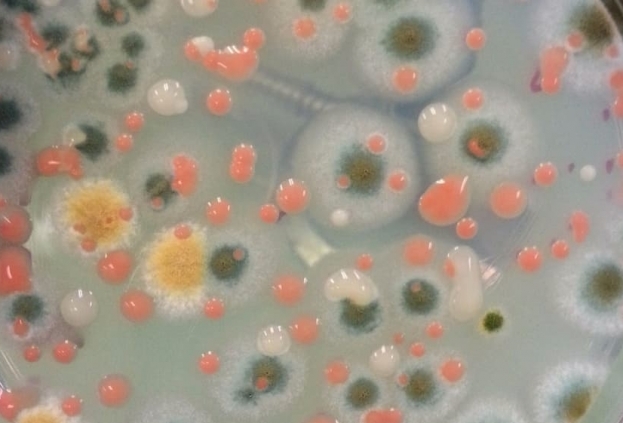
People have very different ideas about the number and risk of microflora at space stations. Someone thinks that there is sterile cleanliness, and someone believes in terrible stories about fungi, which nearly ate the Mir station and mutant microorganisms that infected cosmonauts. The reality, of course, lies between these extremes, but to which pole is it closer?
How on the "World" grew a worm
The myth that the Mir station was flooded allegedly because of some kind of creepy microbe, fungus or virus, which bred everywhere and began to eat the station building and the astronauts who had flown on it, is quite well known. This myth does not have a clear form, so if you try to find it in search engines, you can see different options - they write somewhere about “algae” that grew on all surfaces, somewhere - about how astronauts were amazed. . The “Military Secret” show of REN-TV made this story quite well-known.
')
The absence of serious sources and the obvious frivolity of sites where this story is mentioned (on one of these sites, for example, a remedy for fungus is advertised, and the story about Mir has been added for SEO) clearly indicates that it is an invention. But at the same time, the story of cosmonaut Serebrov, who didn’t find the worm in the Mir station tube, was often mentioned, or it was infected by some terrible mutant. And in the video above at 3:20 Serebrov himself tells the story of how he found a half meter worm in the tube of the water regeneration system. In another video Grechko talks about the "snake", and Serebrov - about the "worm" (from 24:30):
But if you listen further, after all, Serebrov says that it was not a living worm, but “biological material”. Looking further. The Ukrainian “Komsomolskaya Pravda” , obviously, a tube with a diameter of 8 millimeters, made a five-meter worm eight-meter, and Serebrov found himself infected with some kind of cosmic mutant. In another video, Serebrov tells us that this was “mold, green” and “biological material” (from 5:23).
Then journalistic fantasies about an unknown origin, high penetrating ability, indestructibility and immortality of this “worm”, lack of human immunity to it and the defeat of the Mir station by this “Andromed strain” begin. In Serebrov's interview with Novaya Gazeta, the “worm” turns into a “yeast bacterium”.
For these materials, the picture becomes more or less clear. It turns out that the source of this horror film is Serebrov himself. In some interviews, he was not clear enough to say that the “worm” was not alive, but a collection of certain microorganisms, and some unscrupulous journalists inflated this ambiguity into a terrible unkillable infection. As for Serebrov's disease, then the most plausible option seems to be when he really could get sick of this disease or diarrhea from this nastiness, but, obviously, he managed to recover. Otherwise, he would hardly have lived twenty years after the flight and could not calmly give an interview while in quarantine.
And what about the reality?
Probably the most authoritative specialist in space microbes is Natalia Dmitrievna Novikova, Ph.D. The project "Postnauka" interviewed her, and, bingo! - we see the same story of Serebrov, but already in an adequate presentation (at 8:54).
And if you watch the entire video (which I highly recommend), then new interesting stories are revealed. It turns out that the microflora in the "Salute-7", "World" and the ISS is present and is actively trying to eat everything that it can. Where suitable conditions are created, high humidity and nutrients, bacteria and fungi begin to eat plastic insulation, grow on glass and damage it with acids released during growth.
In 2015, in excessive moisture conditions, a mold appeared in the Veggie plant that grows tsinii.

In the conditions of constant struggle with the increased, then with low humidity, Scott Kelly, even if he lost two flowers, still managed to achieve the flowering of the remaining ones.
Also, on the ISS, a mold was found once in a place where clothes are dried after sports exercises, which astronauts have to do for two hours every day.

At the Mir station, under a rarely opened panel, they once found a ball of dirty water the size of a basketball (if the source were not NASA, it would be harder to believe) in which not only bacteria, but also amoeba with protozoa would feel fine.


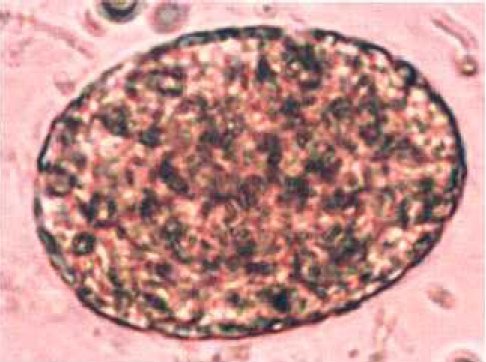
From the surfaces of the ISS regularly take smears that show the diversity of microflora inhabiting there:

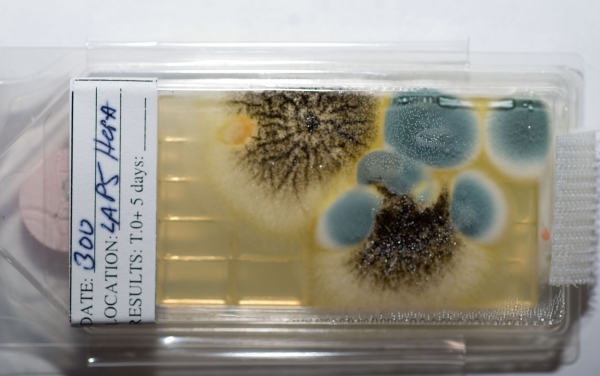
To facilitate the tasks of determining "who lives here," even special devices are being developed. This one here “nose” of the development of Airbus should catch microbes for analysis better than familiar fleece and Petri dishes with a nutrient medium.

And cleaning on the ISS necessarily includes disinfection measures. In addition to the standard wiping of surfaces with disinfecting liquids, the air additionally purifies the “Stream” system, where microbes are exhausted by electricity.
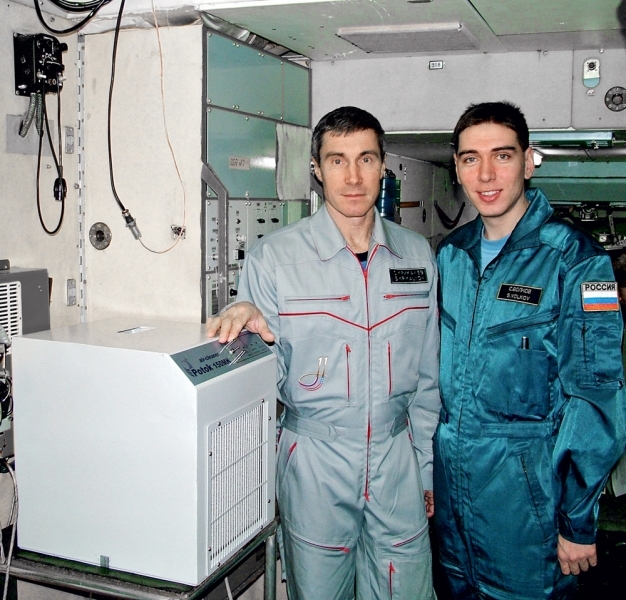
Unattainable sterility
Is it possible to make the ISS sterile? To answer this question, you need to understand two things - how microbes get on the ISS and how disinfection is performed. With the first part, everything is sad - a lot of microbes live on the person himself, and it is completely impossible to get them out completely. Also, the cargo ships, even if they are disinfected, arrive clean, but not sterile, and with every new truck something new can come to the ISS with a small probability. The answer to the second part is also not encouraging - sterilization methods in the form of boiling under pressure, radiation and chemical processing are incompatible with living cosmonauts. Therefore, the crews of the ISS and subsequent ships and stations will continue to fight bacteria and mold, and the death of plants from it will be a real danger for the lunar base and for the Martian ship.
Life is everywhere
Thanks to the ISS, we know that life is so tenacious that its traces can be found even on the external surface of the station. First of all, people themselves carry out experiments on exposure (aging) of bacteria, fungi, seeds, eggs and larvae of animals in space. We have this experiment "Biorisk", in the European Space Agency - Expose
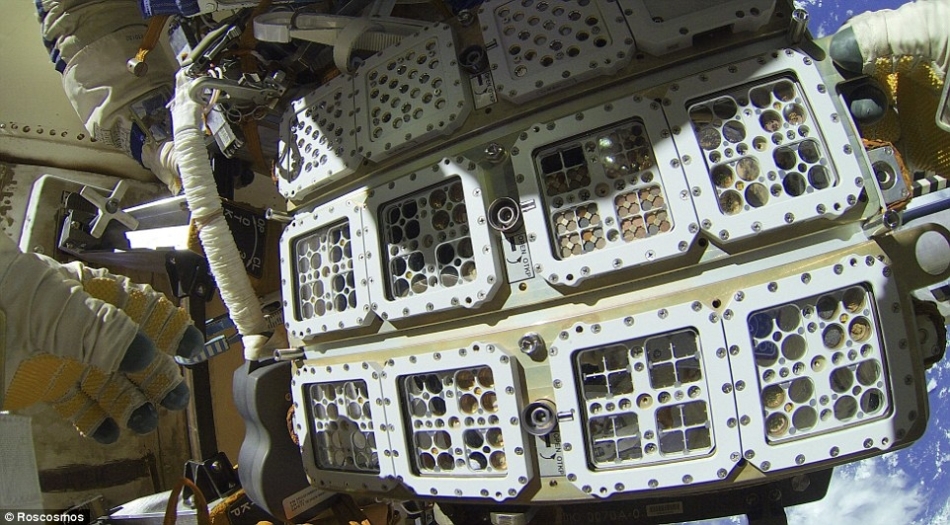
Expose experiment on the outer surface of the ISS
In addition, surprising data were obtained relatively recently. In 2014, traces of plankton were found on the outer surface of the ISS. Obviously, our Earth, moving in orbit, disperses the life that has risen by chance upwards in all directions. So, if bacteria are suddenly found on Mars, they may well be the descendants of earthly bacteria accidentally raised by a powerful thunderstorm or the descendants of those who flew along with clean, but not completely sterile vehicles.
Thanks for the article, please send maedv - he sent me a smart selection of materials on the "worm" Serebrova.
Source: https://habr.com/ru/post/396569/
All Articles